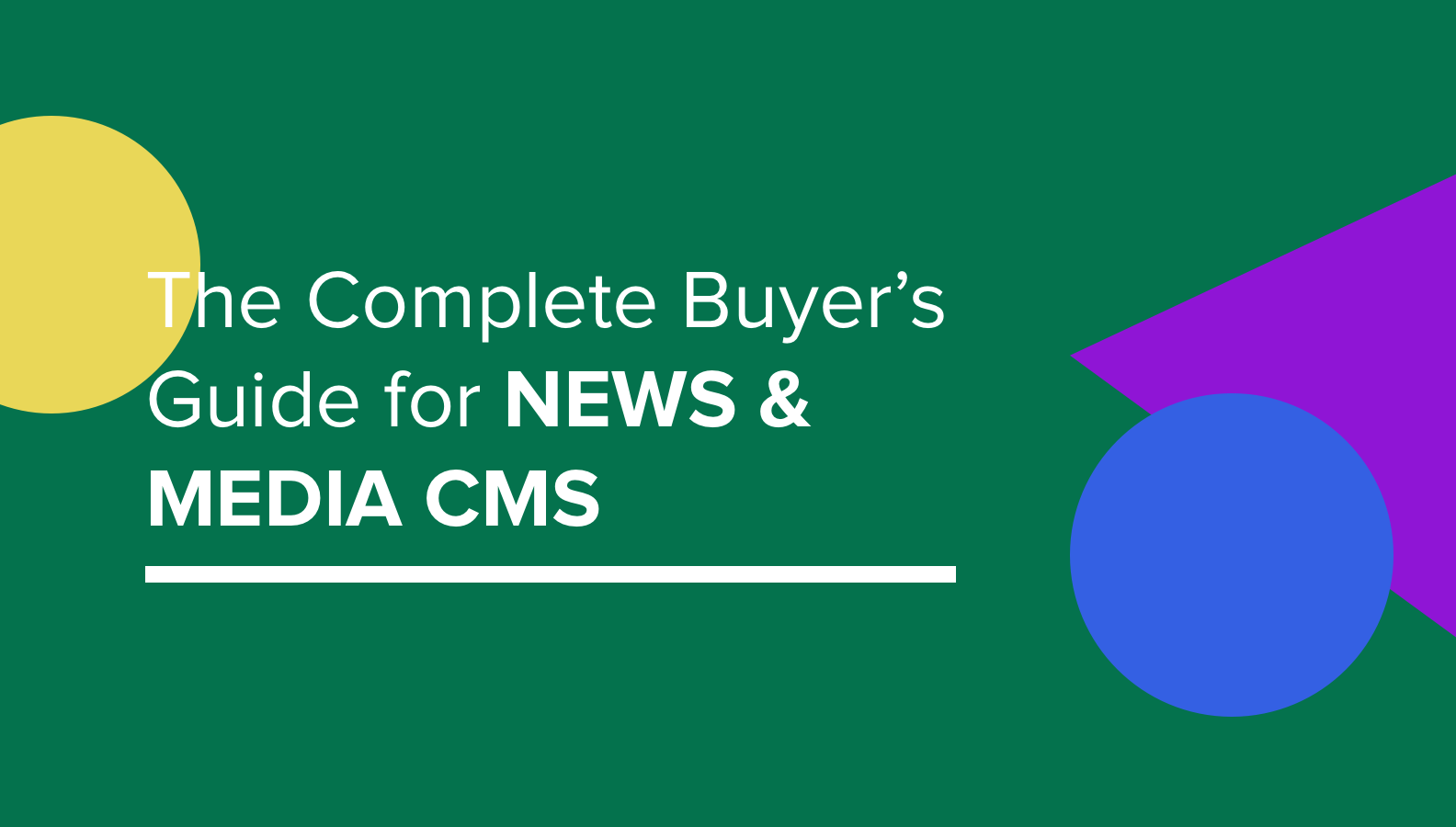- Solutions
- For Industry
- By Need
- Products
- VarbaseEnterprise CMS Distribution for Drupal
- Uber PublisherEnterprise Digital Media Platform Builder
- VardocDrupal Knowledge Base Platform
- Campaign StudioOpen Marketing Platform - by Acquia
- Open SocialSocial Business Platform - by Open Social
- Services
- Strategy
- Design
- Development
- Migration
- Support and MaintenanceSupport and Maintenance
- DevOps
- Digital Marketing

Datasheet

- Clients
- Ideas
- About
- Contact Us

6 Ways To Boost Your Site Traffic With Audience Collaboration
The most popular websites know that the secret to maintaining high traffic is audience collaboration: keeping readers or viewers hooked by encouraging them to participate in your site or brand’s day-to-day activity.
By engaging with an audience, you give visitors more reasons to click through pages, explore links, and visit repeatedly.
Here are six of the most effective ways to engage with your audience, chosen for their simplicity and impact:
1. Know Your Audience

Proper content planning takes a keen familiarity with your target audience, their habits, and their preferences. Google Analytics and similar marketing tools offer customers vital information about their users: where they come from, what kinds of devices they use, and what they do when they explore your site.
This is a reliable way of mapping the behavior of your average visitor and which pages or types of content are the most valuable. Likewise, knowing what devices your visitors use can give you insight into their preferences and help you assess whether or not your site is optimized for the people who comprise the majority of your traffic.
Audience collaboration is a matter of gathering and using your visitors’ input to improve their experiences with your website. When you make changes to your website that reflect your audience’s feedback and preferences, they’ll be sure to notice.
2. Keep Your Comments Sections Open and Moderated

One thing that keeps people coming back to a site is a sense of community. If a website can serve as a gathering place for like-minded people, they’ll be much more likely to make a habit out of checking in.
You can opt for a message board like Disqus, or open each post to community discussion by allowing for comments. Whatever your decision might be, make sure to have a comprehensive set of policies and guidelines to maintain healthy discussion, as well as a dedicated team of moderators online to enforce them. You want to keep your comments section to house your audience’s ideas and opinions, not the ramblings of spam bots and trolls.
3. Give Your Audience Plenty to Talk About

To get the most value out of each page, blog entry, or video upload, your content has to be written or designed to generate discussion. Open-ended blog articles that pose questions for your readership are a great example, as are message boards with updated talking points good for a certain time period (i.e. daily or weekly). Don’t believe us? Let us know why in the comments below.
In an age where content spreads like wildfire, you also want to make sure your website pulls all the shares and inbound links it can. After inspiring a discussion, your next best outcome is to encourage your readers to drag your friends into it as well. If a page on your site receives heavy inbound traffic, you know you're on the right track.
4. Be Responsive

A few points back, we mentioned how community-building is a valid and effective marketing strategy for businesses and content creators alike. However, conditioning your visitors to share their opinions and connect with like minds is only half of the equation; the other half is creating a persona to join in those discussions.
Your website is a personality of its own, and many elements of effective brand communication apply to cyberspace. You’ll want to communicate in a way visitors find interesting, sincere, and reliable.
Just be sure to keep a cool head and learn to deal with disruptive commenters. As we’ve said before, the internet can be a very frustrating place; take the worst of it in stride and don’t ever lose your head when engaging through your brand’s account.
5. Get With The Times

The best content creators know how to use popular culture to their advantage. Although content creation is about making something original and unique, the best websites balance this with appeals and references to things that modern audiences already appreciate, from casually mentioning recent blockbusters or hit TV shows, to breaking the clinical and professional tone to deliver a well-timed joke.
This makes both your persona and your website feel more relatable and convinces your audience that your core messaging is relevant to their interests.
6. Learn from What They Love

Let’s face it: yours isn’t the only website your audience visits. Odds are your target demographic subscribes to a handful of other websites out of habit, and, sometimes, they love those websites more than they love yours.
Don’t let this fact get you down, but let it inspire you. Find out what websites your demographic visits most frequently, and take a page from their book. Take note of how they designed their site, how their writing looks, and everything you feel as you pass through their visitor experience. All of this should give you some idea of your audience’s preferences, as well as give a strong benchmark against which you can compare your own website.
Conclusion
Your visitors are the foundation of your website’s success. Take every opportunity to hear what they have to say, and adapt accordingly--you’ll be glad you collaborated with your audience when the ad revenue and sales come rolling in.
- Design & User Experience
- Web Design
- Drupal
- Drupal 8
- Drupal Planet
- Tips



